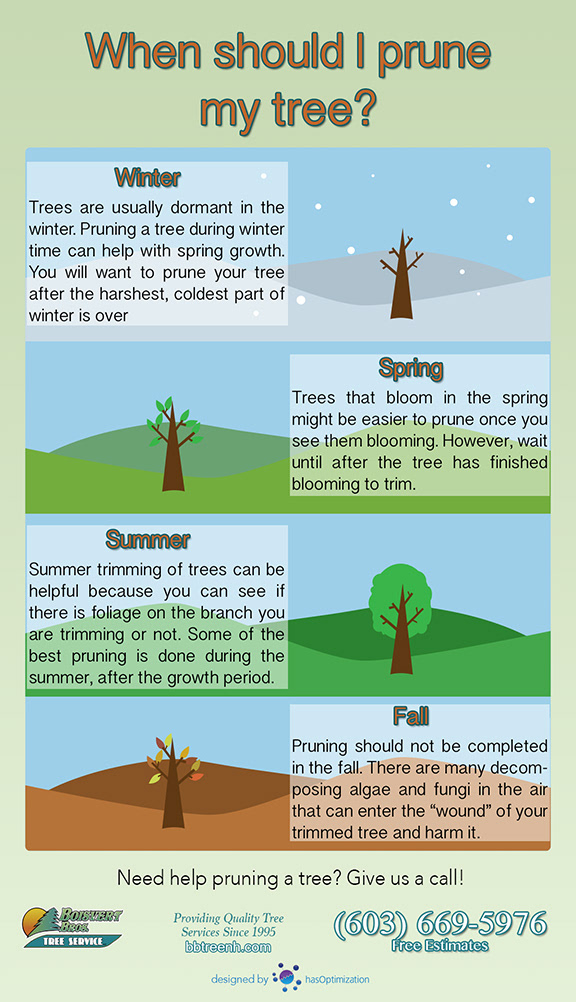Tree Elimination Aftercare: Best Practices For Landscape Recovery
Tree Elimination Aftercare: Best Practices For Landscape Recovery
Blog Article
Content By-Graham McKinnon
After a tree's removal, your landscape may look fairly various, and it's necessary to examine the aftermath meticulously. You'll wish to assess the soil disturbance and examine bordering plants for any indicators of stress. Ignoring https://nail-regrowth-time-lapse95061.azzablog.com/35463331/seasonal-tree-care-when-and-how-to-trim-for-maximum-development can cause larger troubles down the line. So, what should you finish with those stumps and origins? And just how do you select the most effective plants for your revitalized area? Allow's discover these vital steps.
Examining the Results: Examining Your Landscape
After a tree elimination, it's critical to evaluate your landscape to comprehend the impact it has on your lawn.
Beginning by analyzing the location where the tree stood. Look for signs of dirt disruption, and check the bordering plants for any kind of tension or damage.
You must also take note of exactly how the removal has changed sunshine exposure and air movement in your garden. This shift can influence the growth of nearby plants, so it's necessary to review their health.
Think about the aesthetic aspects also; the elimination might produce an open space that you can upgrade.
Ultimately, think about any type of prospective erosion issues that may occur from the tree's absence. Attending to these aspects early will assist restore balance to your landscape.
Handling Stumps and Origins: Choices for Elimination
As soon as you have actually analyzed the aftermath of the tree removal, you'll likely need to deal with the stump and roots left behind.
You have a few options for elimination. One effective method is stump grinding, where a professional utilizes a maker to grind the stump to underground level. https://wtop.com/dc-transit/2019/11/southbound-gw-parkway-closed-for-emergency-tree-work/ leaves minimal disruption to your landscape.
If you choose a DIY approach, you can utilize a combination of excavating and chemical stump removers. Simply keep in mind, this process can take time and initiative.
Additionally, think about leaving the stump as a natural feature, which can serve as a distinct garden element or habitat for wild animals.
Whatever you select, resolving the stump and origins is important for recovering your landscape.
Picking the Right Plant Kingdoms for Your New Room
As you analyze your newly removed space, choosing the right plants can dramatically improve your landscape's elegance and functionality.
Beginning by thinking about the sunshine and soil problems. For warm areas, go with drought-resistant plants like lavender or succulents. In shaded spots, brushes and hostas prosper well.
Think of the size and development practices of your plants; mix perennials and annuals for seasonal variety. Don't neglect to incorporate native varieties; they require much less upkeep and assistance local wildlife.
website link in odd numbers for a more natural appearance and create layers for aesthetic depth.
Finally, guarantee you have a mix of shades and textures to maintain your landscape lively throughout the seasons.
Happy growing!
Final thought
To conclude, restoring your landscape after tree removal is a satisfying procedure. By analyzing the consequences, addressing stumps and origins, and picking the right plants, you'll develop a successful environment. Don't neglect to integrate erosion control procedures to safeguard your dirt. With a little initiative and treatment, you can change your room into a vivid garden that boosts your building. Embrace the opportunity to rejuvenate your landscape and delight in the charm of nature right in your yard!
